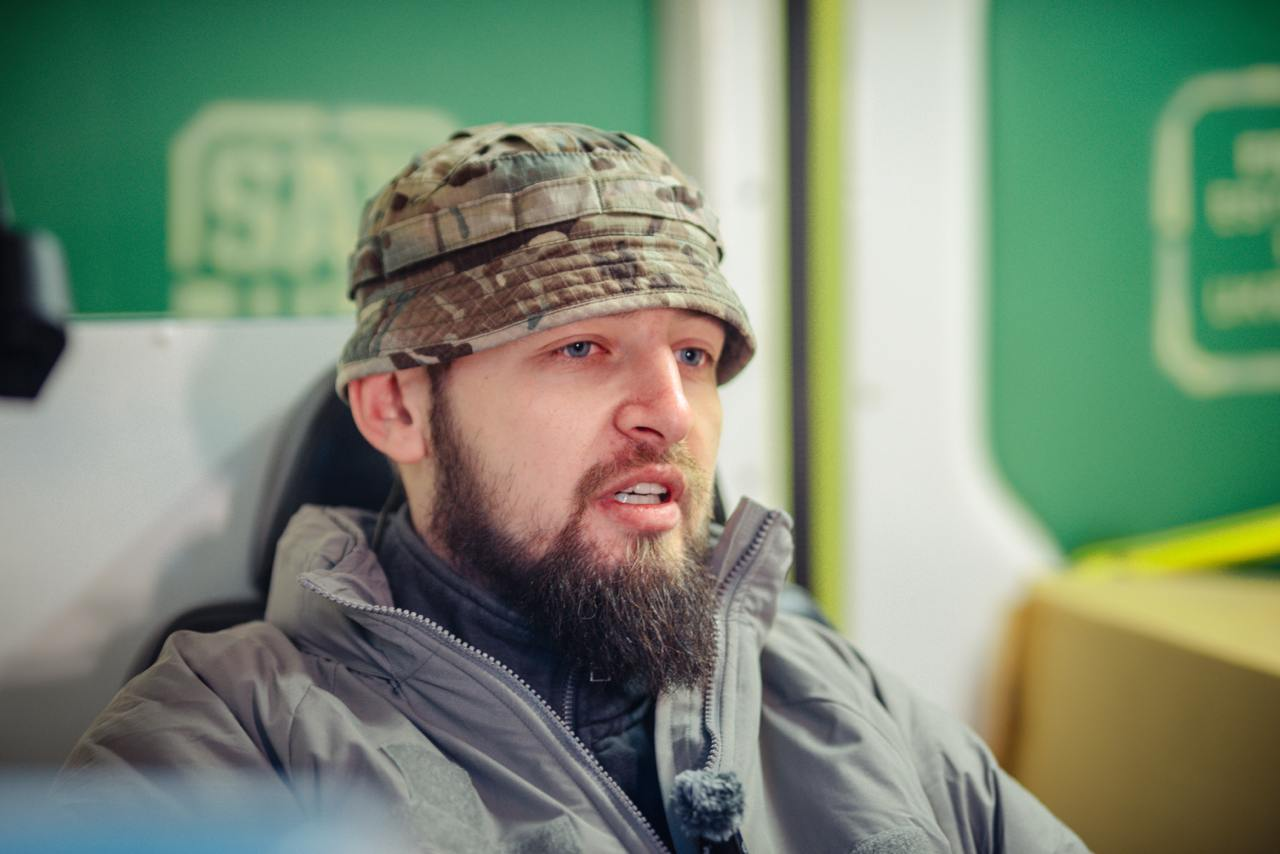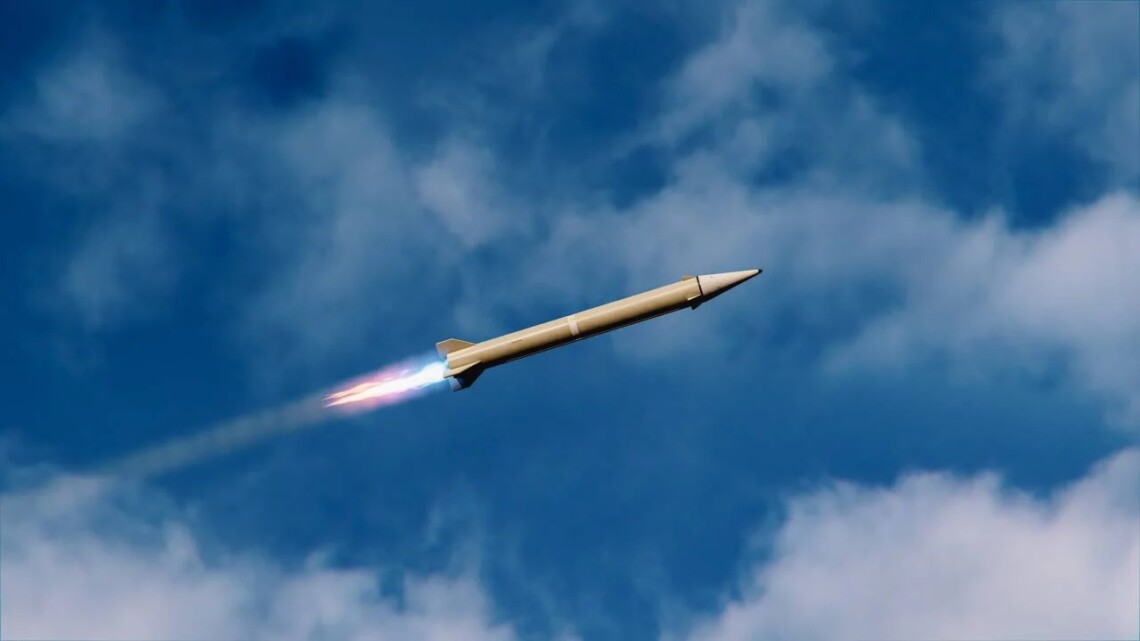Underground ‘shpytal’: Story behind Ukraine’s 1st underground emergency care hospital
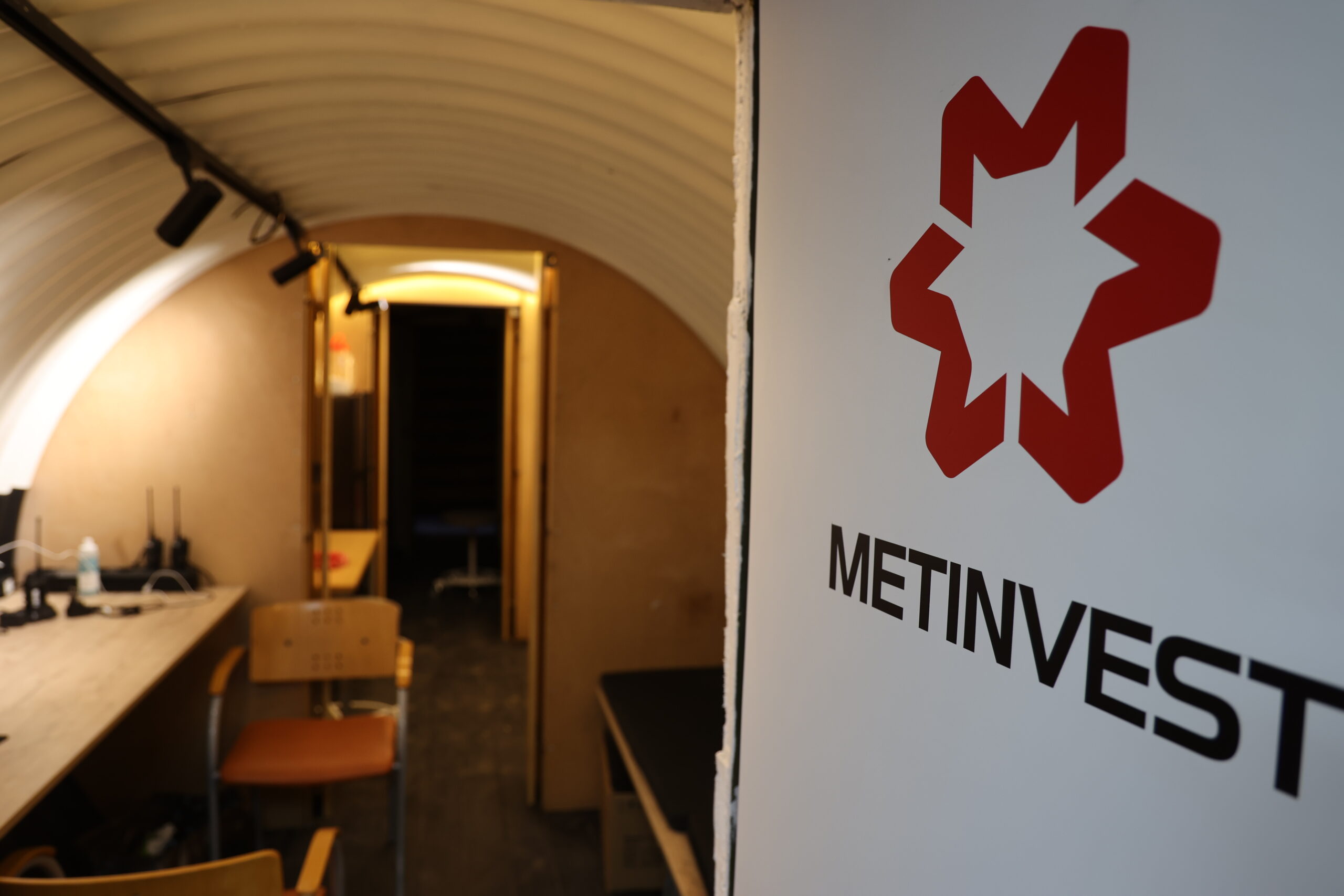
Ukrainian soldiers sustain serious injuries at the frontlines every day, in combat or from targeted enemy attacks. Things like shrapnel wounds, traumatic brain injuries, amputations are among the most common occurencies. These critical moments leave our military in dire need of urgent medical aid, but transportation from the battlefield to a regular hospital can often be too long. Even then, such regular hospitals can’t guarantee safety, as they often become vulnerable targets for the enemy.
As Ukraine is into the third year of this all-out war, new approaches to delivering medical assistance are emerging—now the are allowing faster response times.
But can they offer complete safety when the enemy continually spies on our military’s bases and positions? An answer to this threat can be found in an advanced underground surgical unit, often refered to as “the Shpital.” Developed and constructed by Metinvest Group in partnership with Medical Forces “East” for Rinat Akhmetov’s “Steel Front,” initiative, it can promise a forward-thinking response to these critical needs.
If described in simple terms, it is an underground space located six meters below ground that provides a secure, fully equipped setting for emergency care on the battlefield before wounded soldiers are discharged or evacuated to other medical facilities. Built in line with NATO’s standards for level-two field hospitals, it marks Ukraine’s first project of this kind.
How does a soldier end up in “the hospital” like this? The rough journey can be broken down into stages:
- A soldier sustains an injury at the frontline.
- The are transported to a “handover point” by any available vehicle, without a medical escort.
- At the handover point, a medical team transfers the patient into an ambulance for further care.
- Finally, the patient arrives either at a stabilization point or directly at “the hospital.”
Bukvy learnt about the hospital construction and design from Olexander Myronenko, Metinvest Group’s COO, and Roman Kuziv, Commander of Medical Forces “East”. The told us about how and where it was realized (disclaimer: it was very close to the frontlines), and how many lives of Ukrainian soldiers it has already saved.
From Hideouts to Hospitals: How It All Began
The project developers say the idea for a “shpital” was taking shape slowly. Initially, they built “hideouts”—basic shelters that are not intended for medical care. The team tried to create safe spaces where soldiers could rest in safety. They had to rework old Soviet-era blueprints for bunkers. What they got was a structure of corrugated steel with exits, beds, ventilation, and storage room for gear and weapons.
“This structure goes underground with several layers above it for added protection. Properly installed, the hideout can withstand even artillery fire,” says Olexander Myronenko.
After they got positive feedback from the military, they started construction of such hideouts. Soldiers were also involved, they suggested modifications to meet their frontline needs. Experimenation help the team came up with the idea of a two-person mini-shelter for drone operators.
Then came underground command centers. The interconnected bunkers provide space for computers, technical equipment, lighting, communication facilities, workstations, rest areas, and sanitation. Finally, the Metinvest team went about the project of a hospital capable of treating up to 100 wounded soldiers a day.
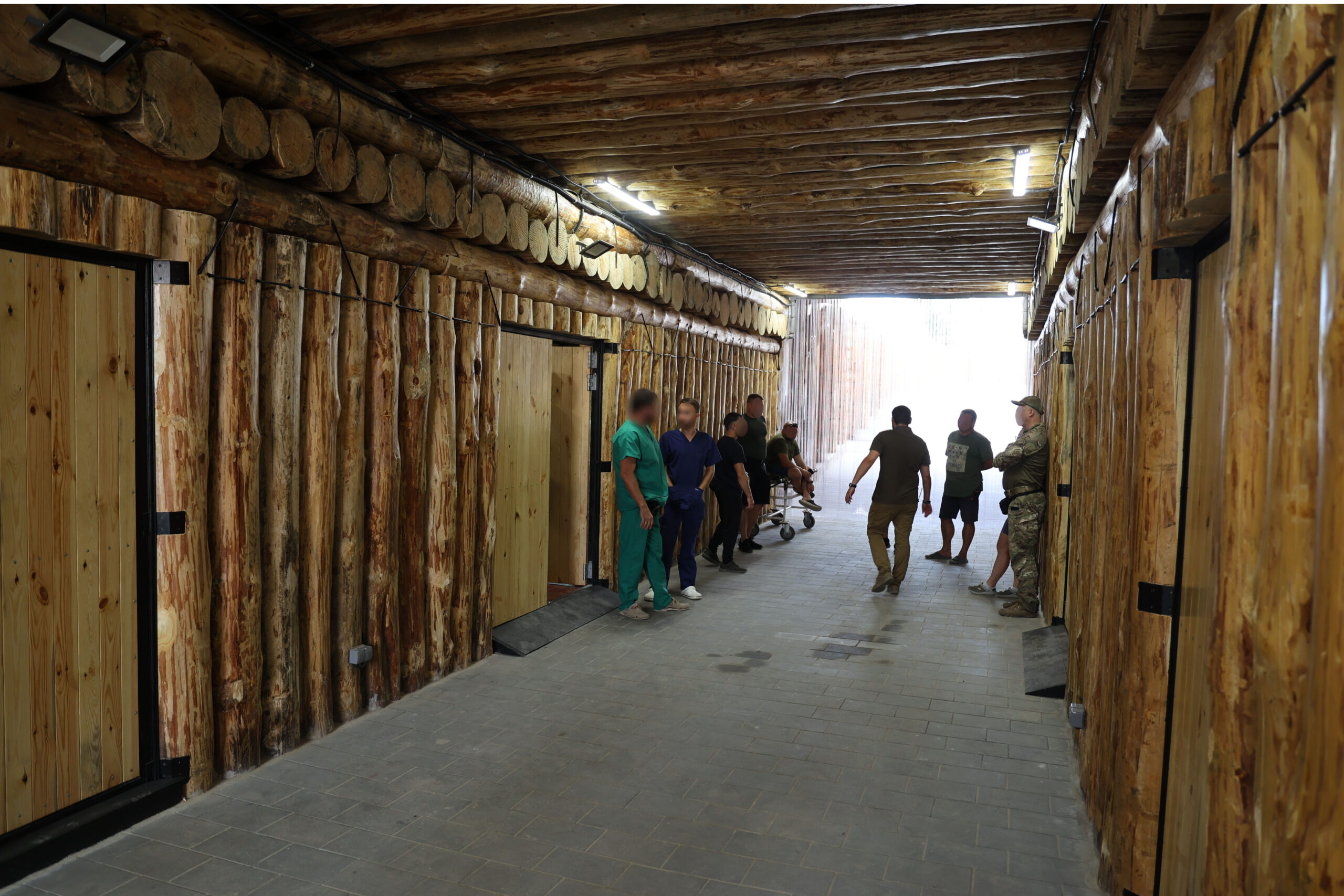
A Haven Amidst Risk: Safety Measures During Construction
For obvious reasons, the construction process required strict safety protocols. If the enemy had learned about it, the construction site could come under attack. The team used special camouflage techniques, considered weather conditions, and worked at most convenient times to prevent detection. The exact location remained classified for safety while site surveillance and anti-drone systems ensured additional security. Strong support came from Ukraine’s defense ministry and several brigades who soon helped get the project off the ground.
“Everything we do is a step-by-step collaboration with the Ukrainian defense forces. They articulated their needs, we came up with solutions, and then we put heads together to make it work,” says Myronenko.
The entire process took four months. It is impressive given the context of the security situation in Ukraine.
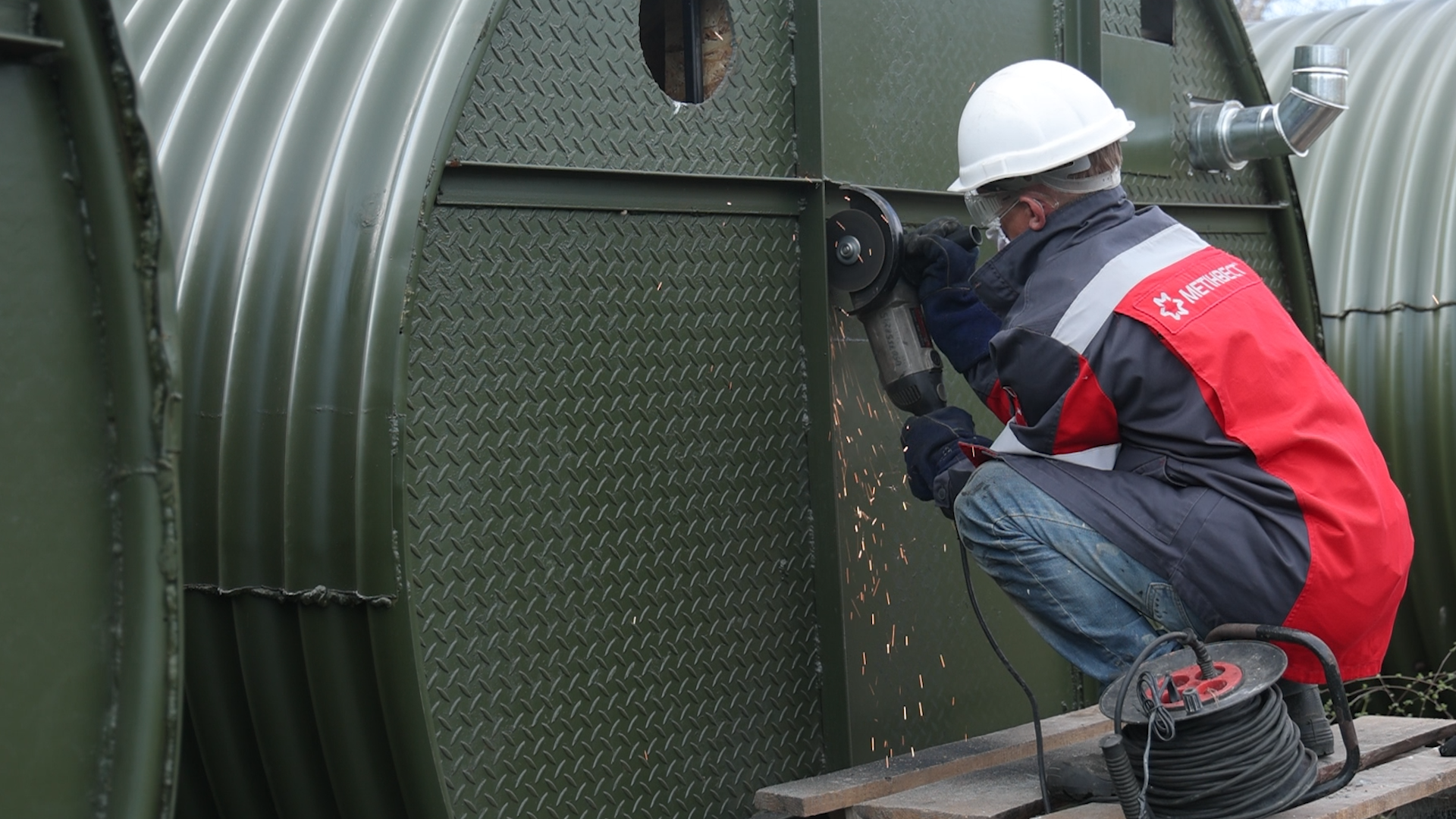
How “Shpital” Safeguards Against Enemy Attacks
Roman Kuzin explains what gives “Shpital” strategic advantage at the frontlines. Its location is specifically chosen to make enemy targeting difficult because it avoids landmarks or structures that could serve as reference points for enemy forces. The surrounding landscape, electronic warfare measures, and other tactics set more hurdles for detection and targeting.
The facility is set up deep undergound, it requires the enemy to have precise knowledge of troop locations and use specific weaponry to make their strikes effective. It is vital that each room of this hospital has several additional exits for evacuation purposes.
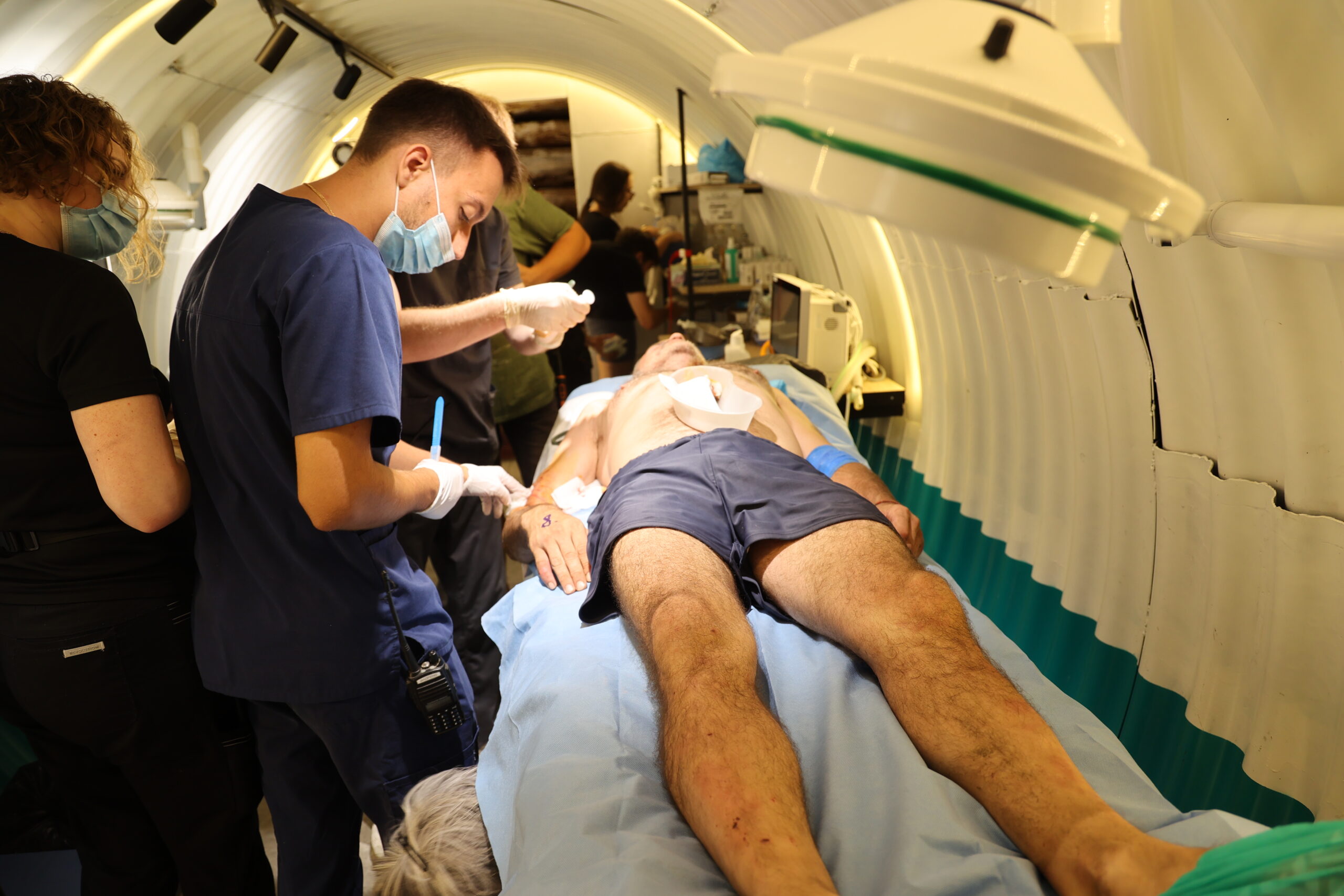
Providing Critical Care to the Most Severely Injured
“Shpital” accepts fighters with a wide range of injuries. With its intensive care and surgical departments, it provides comprehensive assistance even to the most severely wounded. After stabilization and treatment, many fighters can return to the front lines, and we have already seen successful cases.
“When discussing the volume of medical assistance, significant surgical interventions take time—typically four to five hours needed to stabilize the patient. Previously, undertaking such procedures posed safety risks. Now, the situation has improved significantly. Since the establishment of ‘Shpital,’ we have treated over a thousand fighters, and we maintain detailed statistics, tracking patients by name,” adds Roman Kuzin.
Patients receive triage based on injury severity. One group moves to the stabilization area for minor assistance, while another is directed to the surgical unit for operations. Besides the primary departments, “Shpital” also houses a laboratory for testing and a designated area where fighters await evacuation post-treatment.
“Shpital” employs qualified specialists, including surgeons, anesthesiologists, nurse anesthetists, traumatologists, operating room nurses, vascular surgeons, and neurosurgeons. The team’ works on a rotating basis depending on the types and numbers of injuries, which enables efficient responses to diverse medical situations.
The facility conducts numerous vascular surgeries to restore blood flow to limbs. This allows for the initiation of blood supply recovery right on site. If necessary, a temporary shunt can preserve circulation until evacuation for further treatment. Timing is always essential in critical situations, as the limb tissue may start to die off before the patient reaches the hospital.
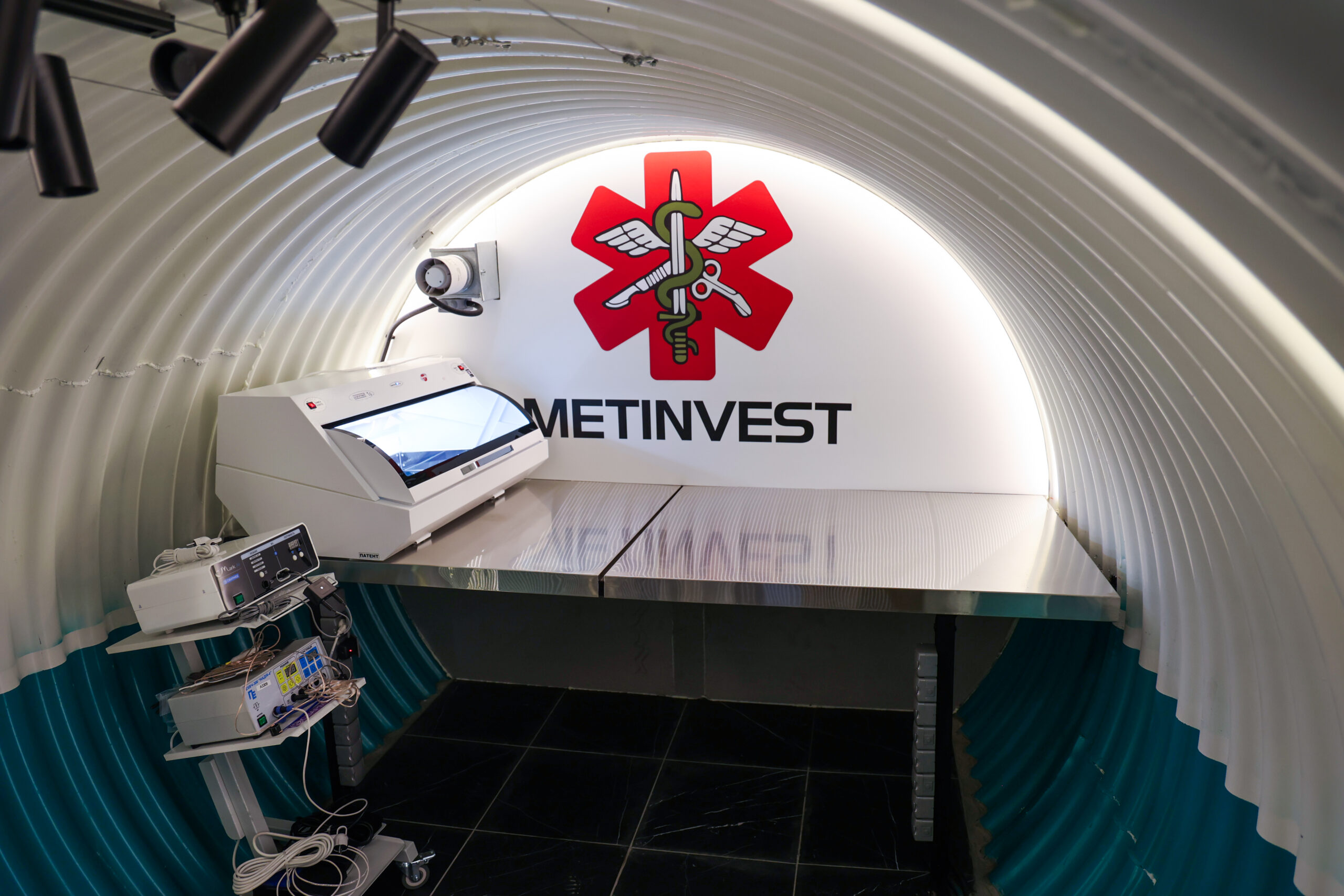
The Importance of Proper Injury Management
According to Roman Kuzin, there is a rising trend of improper tourniquet use among medical forces. For example, if a soldier steps on a mine and loses their right foot while the left foot sustains only minor damage, they may panic and apply tourniquets to both legs without proper assessment. This action could lead to limb ischemia (oxygen deficiency in the leg tissues) and potentially threaten both limbs.
“After applying a tourniquet, it is crucial to treat the injury site. You should use a bandage with a pad or hemostatic agent to tamponade the wound and wrap it tightly. Then, the tourniquet must be loosened to check the condition of the dressing. If the bandage shows slight blood seepage, it’s better to leave it as is.
If the soldier notices continued bleeding, they should lower the tourniquet as close to the injury as possible and re-tighten it. Then, after half an hour, they can loosen it again to assess whether applying pressure directly at the wound site is necessary. This approach minimizes blood loss,” explains Kuzin.
Correct tourniquet use can help save affected limbs for several hours until surgeons step in. During this critical window of time, transporting the patient for appropriate medical assistance becomes paramount. “Shpital” serves as the closest point where timely medical aid is accessible. It is just one example where urgent response is vital for injuries soldiers sustain on the battlfield.
Responding to the Severest Cases
The hospital receives soldiers with various injuries. Equipped with an ICU and surgical unit, the facility offers comprehensive treatment to even the most critical patients. Many stabilized soldiers eventually return to frontline service.
“Serious surgeries typically require around four to five hours for stabilization. Now, with the hospital in place, such operations are safer to perform,” explains Kuziv.
Over 1,000 Ukrainian soldiers have received life-saving care since the hospital started its work.
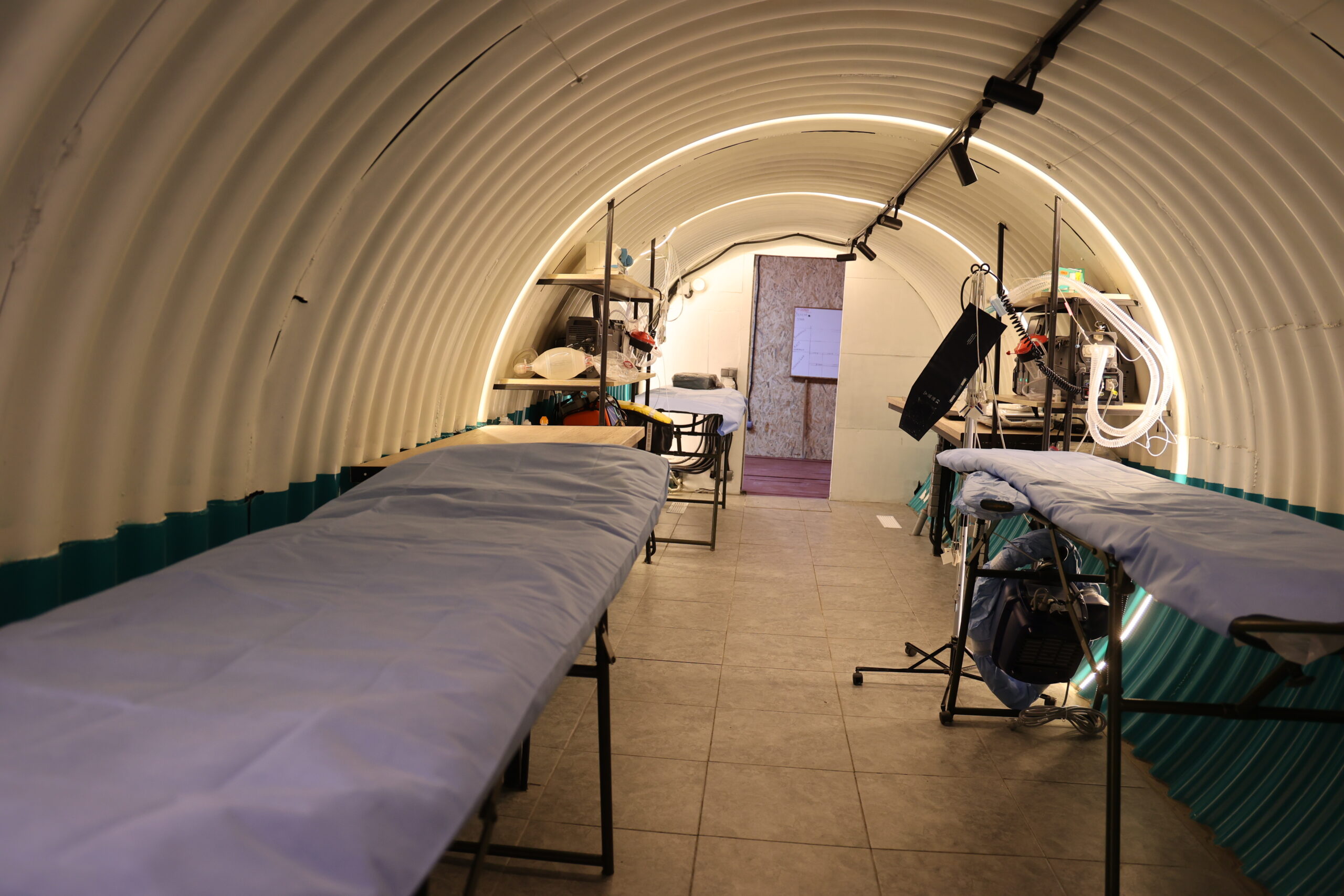
Beyond Just Hospitals: How “Steel Front” Supports Defense Forces Through Technology and Production
“Steel Front” foundation help extends beyond emergency care hospitals, focusing on two key aspects for supporting defense forces. The first one involves purchases of essential equipment, ranging from drones and vehicles to electronic warfare systems and boats for water operations. Olexander Myronenko says this work is a priority now. The frontlines always drain resources fast, and it is not a situation where supplies are always sufficient —there is always a need for more.
The second focus of the Steel Front initiative is to accomodate and expand domestic production of the things needed by the Ukrainian military. It initially started with armored steel production to help address the shortage of bulletproof vests. Then it expended and now includes construction of “kryivkas”, temporary shelters. Metinvest has already delivered over 600 such mobile shelters to the army. The company also provided protective screens for military vehicles like Abrams tanks and Bradley infantry fighting vehicles, which, according to Myronenko, proved vulnerable to drones.
“Steel Front” initiative has created “lantern catchers”—dome structures designed to shield equipment from kamikaze drones—and mine-rolling vehicles, the machines that detect and neutralize mines on the battlefield. In total, the team has developed over 20 different products tailored for military needs.
Through these initiatives, “Steel Front” demonstrates its commitment to Ukraine’s effort bolstering operational capabilities of the country’s defense forces. It ensures that our troops have the necessary tools and technology to succeed in their missions.
Tireless Dedication to Support Ukrainian Defenders
Myronenko said “Steel Front” has plans to build more hospitals and upgrade the existing shelter for Ukrainian soldiers. “A lot has been written about ‘war fatigue,’ but we’re not tired,” he adds.
“As long as the war continues, we must stay strong and dedicated to helping our soldiers. The home front has to be a reliable support system, a pillar for those at the front. We show our efforts to encourage others—especially businesses—to join in and contribute however they can.”
On October 6, the Administrative Cassation Court within the Supreme Court of Ukraine continued hearing case No. 990/80/25, in which the fifth President and leader of the party “European Solidarity”, Petro Poroshenko, seeks to have Presidential Decree No. 81/2025 from February 12, 2025 — enacting sanctions by the decision of the National Security and Defense Council (NSDC) — declared illegal and annulled. The plaintiff claims the document was falsified and that the sanctions are a tool of political persecution of the opposition, contrary to international norms. Government representatives deny the allegations and insist their actions were lawful. Journalists of Bukvy were present at the hearing.
Rinat Akhmetov’s Metinvest Group has completed the construction of an upgraded underground NATO Role 2 hospital in one of the hottest sectors of the frontline. This is the second stabilization point established under the Steel Front initiative in cooperation with the Medical Forces of the Armed Forces of Ukraine. The new facility, funded by Metinvest with an investment of UAH 21 million, is more secure than the first one thanks to its deeper location underground (over 6 meters) and additional fortifications.
Five armored vehicles “Kozak” have received a new mission – thanks to the support of Metinvest, they have been upgraded to full-fledged command and staff vehicles. These upgraded vehicles are now operating on the front line.
A kamikaze drone flies directly toward an armored personnel carrier. But instead of penetrating the hull, it explodes on a steel screen. The crew survives. This is the new reality for Ukrainian forces, who have received enhanced protection thanks to the Metinvest project within “Steel Front of Rinat Akhmetov”.
To commemorate the third anniversary of the full-scale invasion, “Bukvy” has compiled data on the largest donors supporting the Armed Forces of Ukraine. Among them there are charitable foundations and businesses. The list includes, in particular, foundations that provide assistance exclusively from their own resources, without fundraising (such as SCM by Rinat Akhmetov, Epicenter, etc.).

